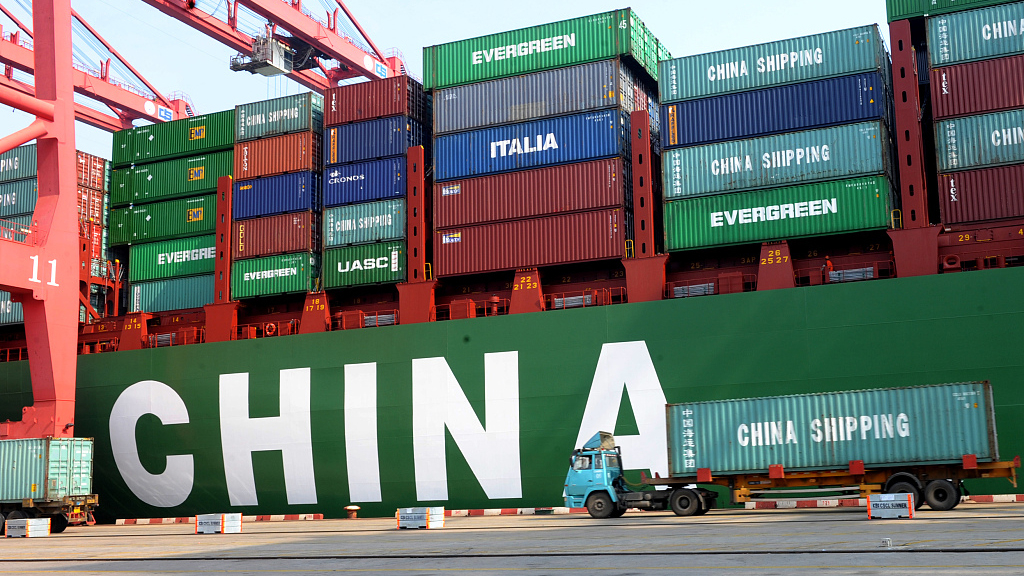

The trade war between China and the U.S. has lasted for more than 15 months. But China is not the only country affected by America's tariffs.
The trade dispute between China and the U.S. began last March. The U.S. has since imposed 25 percent tariffs on 250 billion U.S. dollars' worth of Chinese exports. The levies cover a range of products, from electronics to furniture. Now, Washington is threatening to impose additional 25 percent tariffs on Chinese exports worth 300 billion U.S. dollars.
The effects of the U.S. import duties are being felt far and wide.
In March 2017, citing national security concerns, the U.S. announced tariffs of 25 and 10 percent on imported steel and aluminum. Some countries were given temporary or long-term exemptions, like Australia and South Korea.
But Japan, America's close, long-term ally, failed to make the cut. The two sides have been holding trade talks since last April. U.S. President Donald Trump has criticized America's high trade deficit with Japan on several occasions. He says he hopes Japan can relocate more factories to the U.S., and has suggested he would impose high tariffs on Japanese car makers.
The European Union has also found itself the target of America's tariffs campaign. Washington announced in April it would impose additional tariffs on EU exports worth 11 billion U.S. dollars. The list covers large commercial airplanes, dairy products and wine. The U.S. Trade Representative's office says these measures are aimed at cushioning economic damages caused by EU subsidies to Airbus.
Mexico is America's second-largest source of imports. In May, Trump announced the U.S. would impose snowballing tariffs starting at 5 percent on all inbound Mexican goods. He said the tariffs would increase gradually, until the migration crisis was resolved. The two sides finally reached an agreement in early June. And the U.S. agreed to pause this plan, for now.
America's trade deficit in goods exceeded 890 billion U.S. dollars last year. It was the highest level since the country was founded. Trump mainly blamed the large deficit on other countries, and said the U.S. has been taken advantage of by other countries. This has been his main rationale for imposing tariffs and launching trade disputes with other countries.

Copyright © 2018 CGTN. Beijing ICP prepared NO.16065310-3
Copyright © 2018 CGTN. Beijing ICP prepared NO.16065310-3